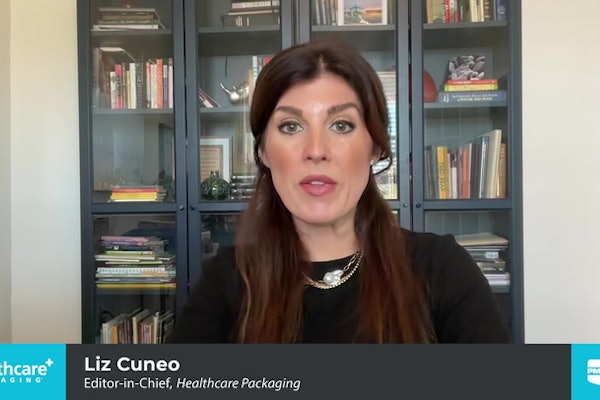You wouldn't expect the CEO of an RFID chip company to be caught off guard by a major trend in the technology, but Bill Colleran of Impinj admits it. "There's quite a move afoot for item-level tagging, much sooner than many anticipated, including me," says Colleran. "If you'd have asked me about item-level tagging last fall, I'd have said that once case-level tagging is nailed down, then people will focus on item-level in a year or two. Now it's already the hot thing and companies are moving on it quickly.
"Pharma is the big driver for this," he continues. "But should pharma go with existing HF technology or try to use UHF Gen 2 protocols that exhibit good performance?
"Pharma would like that to be the UHF Gen 2 solution if it works well," observes Colleran, whose company produces a silicon chip used in RFID inlays that are made into RFID tags.
Pointing to the Food & Drug Administration's January 2007 deadline for [e-Pedigree] validation, Colleran says pharma companies have to make RFID decisions quickly to meet that "mandate."
The FDA has been concerned that the RFID e-Pedigree progress is slower to develop than the agency expected, but Colleran's "inside information" points to a pick up in pharma RFID pilots in the months ahead.
What about costs? Colleran says that item-level tags are about 20% to 30% less costly than case-level tags because the tags are smaller and less metal is needed in the antennas. He says costs are around 10¢ each and going down.
"We're getting samples [of our latest RFID technology] to end users for beta deployment testing," says Colleran. "Right now, pharma companies buy bottles and apply RFID tags. I expect a day coming soon where the bottle is pretagged and the pharma company simply encodes it. That's going to happen this year." [HCP]
"Pharma is the big driver for this," he continues. "But should pharma go with existing HF technology or try to use UHF Gen 2 protocols that exhibit good performance?
"Pharma would like that to be the UHF Gen 2 solution if it works well," observes Colleran, whose company produces a silicon chip used in RFID inlays that are made into RFID tags.
Pointing to the Food & Drug Administration's January 2007 deadline for [e-Pedigree] validation, Colleran says pharma companies have to make RFID decisions quickly to meet that "mandate."
The FDA has been concerned that the RFID e-Pedigree progress is slower to develop than the agency expected, but Colleran's "inside information" points to a pick up in pharma RFID pilots in the months ahead.
What about costs? Colleran says that item-level tags are about 20% to 30% less costly than case-level tags because the tags are smaller and less metal is needed in the antennas. He says costs are around 10¢ each and going down.
"We're getting samples [of our latest RFID technology] to end users for beta deployment testing," says Colleran. "Right now, pharma companies buy bottles and apply RFID tags. I expect a day coming soon where the bottle is pretagged and the pharma company simply encodes it. That's going to happen this year." [HCP]


















